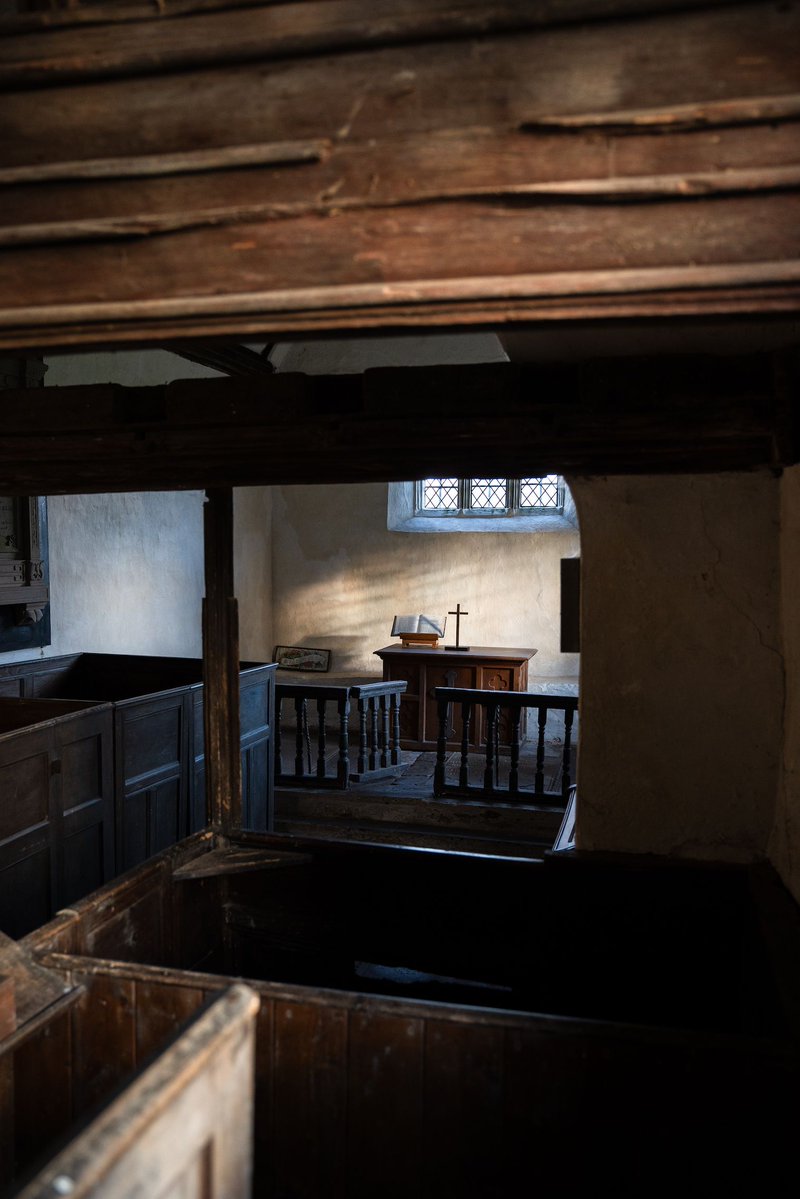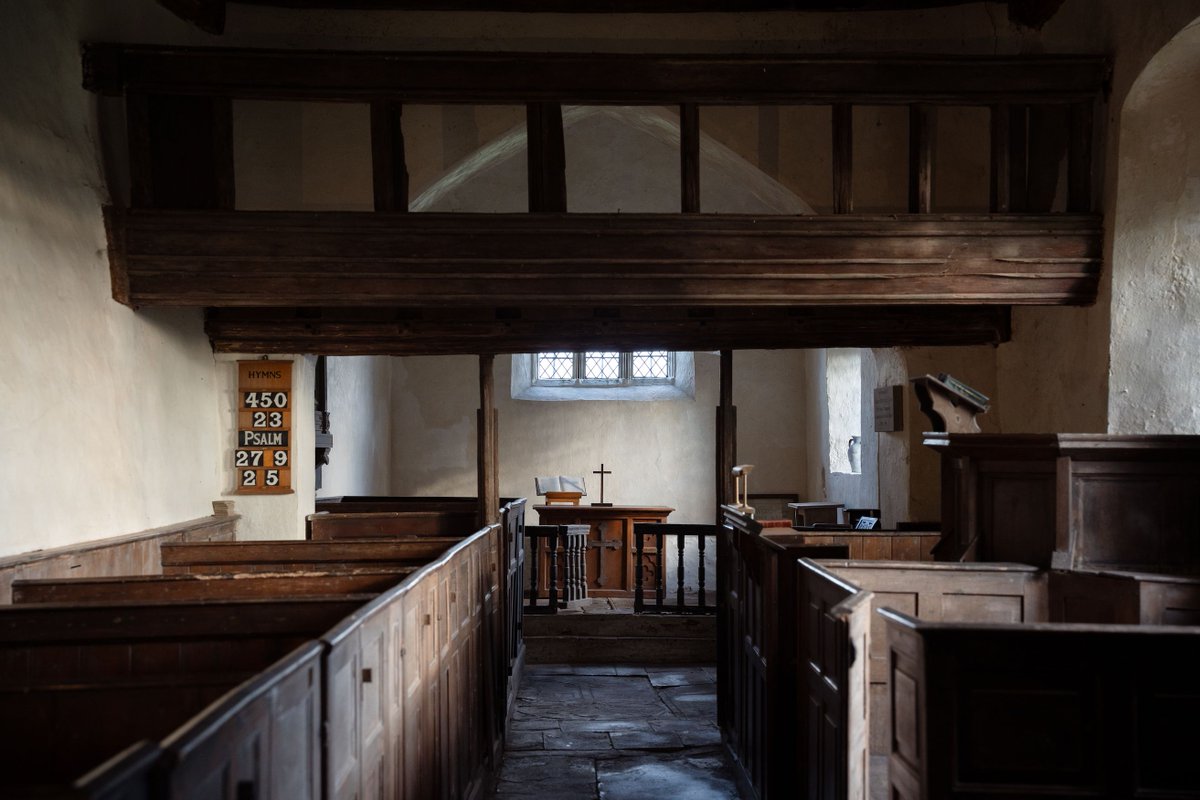The font at Castlemartin is 900 yrs old, but the tool marks are still plain to see: from the diagonal saw marks to the centre-point and marking out of the compass in the scallop decoration.
We'll never know who made this font, but these details bring the past a little closer.
#🧵
We'll never know who made this font, but these details bring the past a little closer.
#🧵

The font is pretty monumental. It’s a square cushion bowl on a cylindrical stem with a pretty scalloped trim to the bowl and a foliate design at the edges.
St Michael’s, Castlemartin in Pembs is a monumental church, so it’s fitting that it has such a substantial old font.
2/
St Michael’s, Castlemartin in Pembs is a monumental church, so it’s fitting that it has such a substantial old font.
2/

In fact, a few of the churches we own in Pembrokeshire are whoppers. They’re almost organic in form: tall tapering towers reaching to the sky, accretions and ruinations of aisles, chapels, transepts and vestries, tangles of chimneys, bounding arcades, bricked up doorways…
3/
3/

You’ve heard of the horse with no name, but have you heard of the church with two 12th-century fonts? It’s St Decuman’s, Rhoscrowther: there’s one square-cut, scallop-hemmed font in the porch and another immediately inside in simple baptistry enclosure.
4/

4/
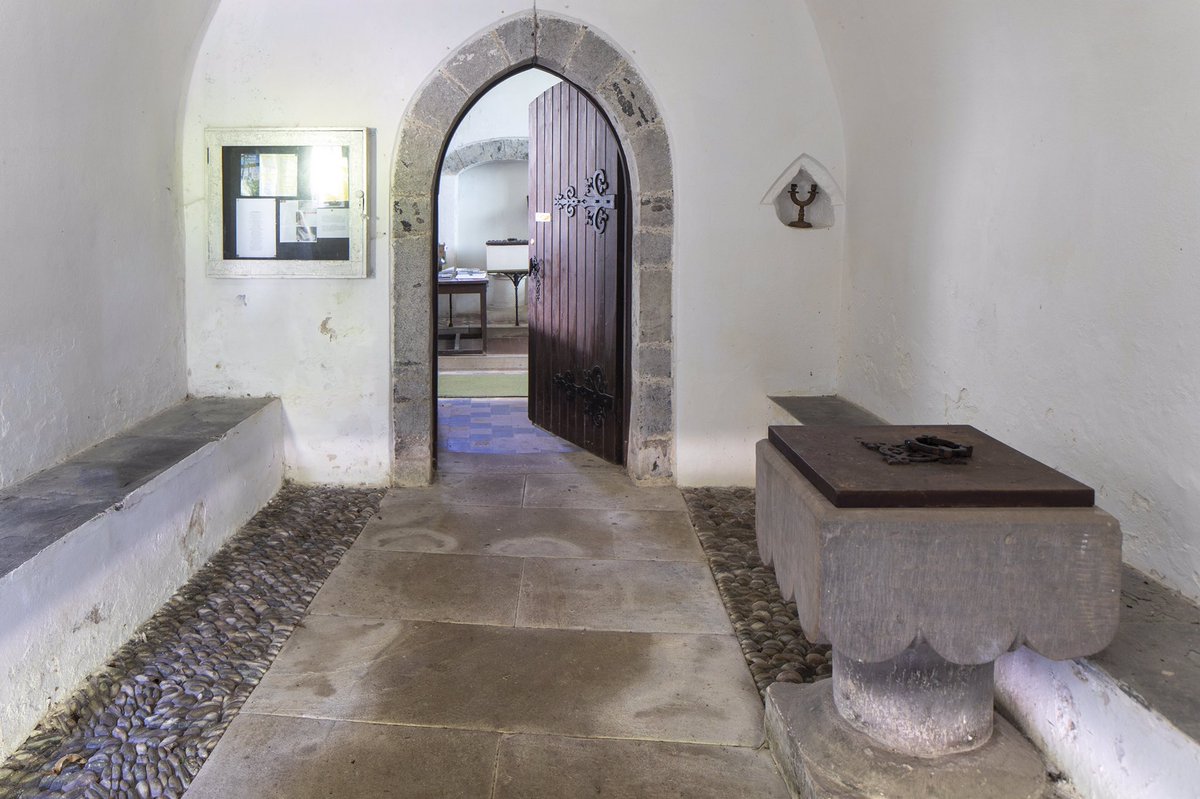
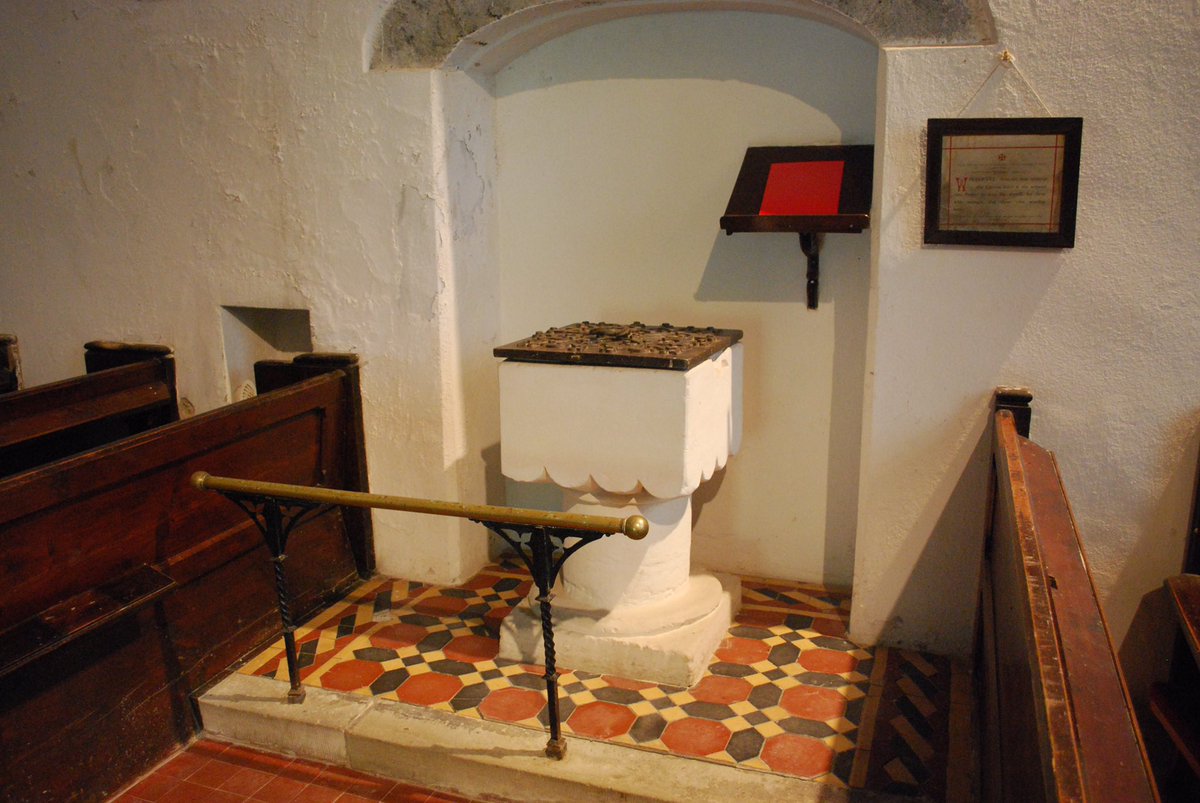
While, not far away in Hodgeston, there’s yet another Norman font that is, just like the ones at Rhoscrowther, a square cut bowl with a neat, scalloped hem.
It’s believed (iirc), that these fonts are carved from limestone quarried in Dundry, Somerset. (@TimPalmerEO??)
5/5
It’s believed (iirc), that these fonts are carved from limestone quarried in Dundry, Somerset. (@TimPalmerEO??)
5/5

These tweets are part of #FontsonFriday. Maybe one day I will leave enough space in the opening tweet to include the hashtag. Maybe. 
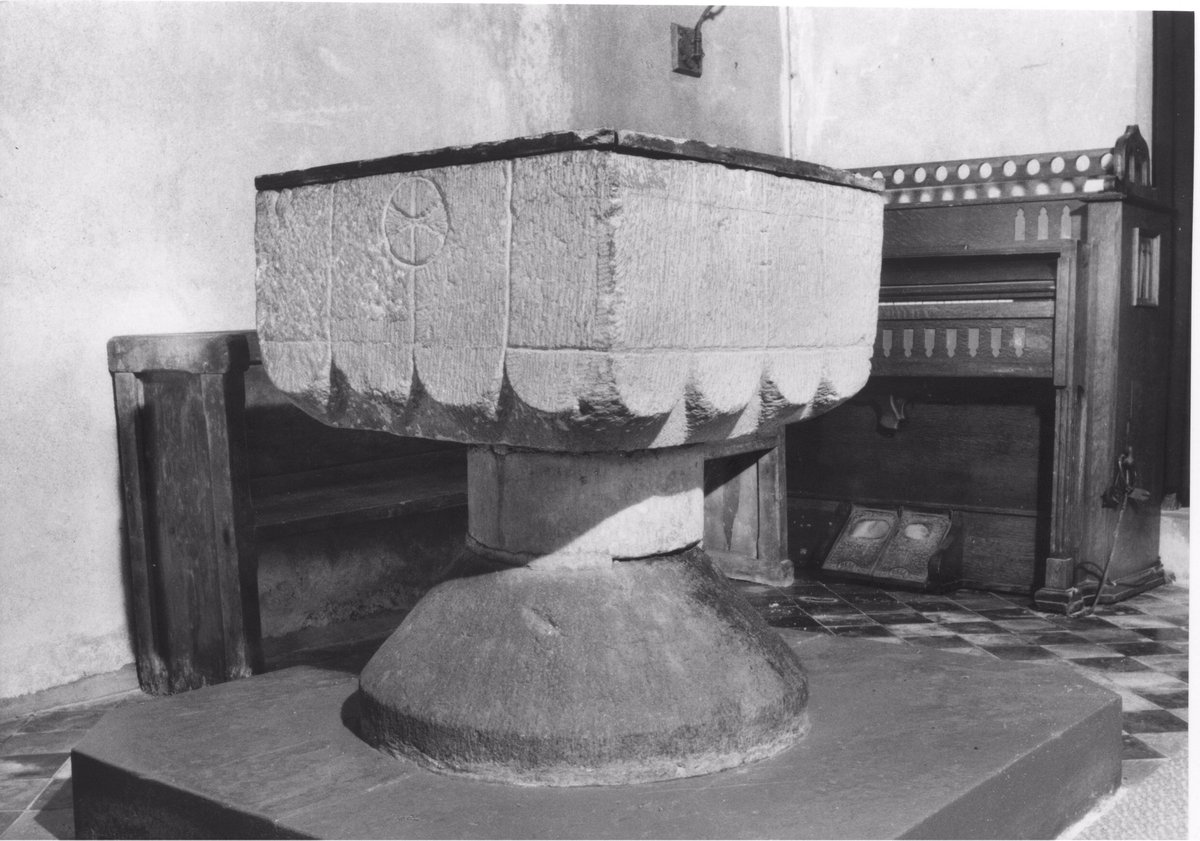
• • •
Missing some Tweet in this thread? You can try to
force a refresh











